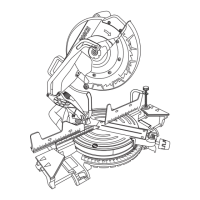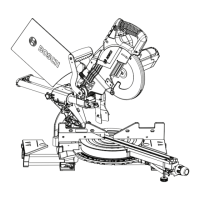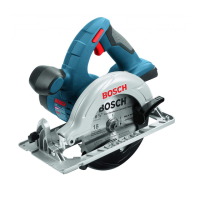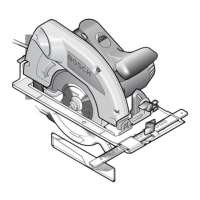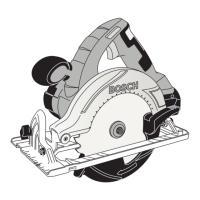1-877-BOSCH99 (1-877-267-2499) www.boschtools.com
CM10GD
Operating/Safety Instructions
Consignes d’utilisation/de sécurité
Instrucciones de funcionamiento y seguridad
IMPORTANT
Read Before Using
IMPORTANT
Lire avant usage
IMPORTANTE
Leer antes de usar
For English Version
See page 2
Version française
Voir page 62
Versión en español
Ver la página 124
Call Toll Free for Consumer Information and Service Locations
Pour obtenir des informations et les adresses de nos centres de service après-vente,
appelez ce numéro gratuit
Llame gratis para obtener información para el consumidor y ubicaciones de servicio


